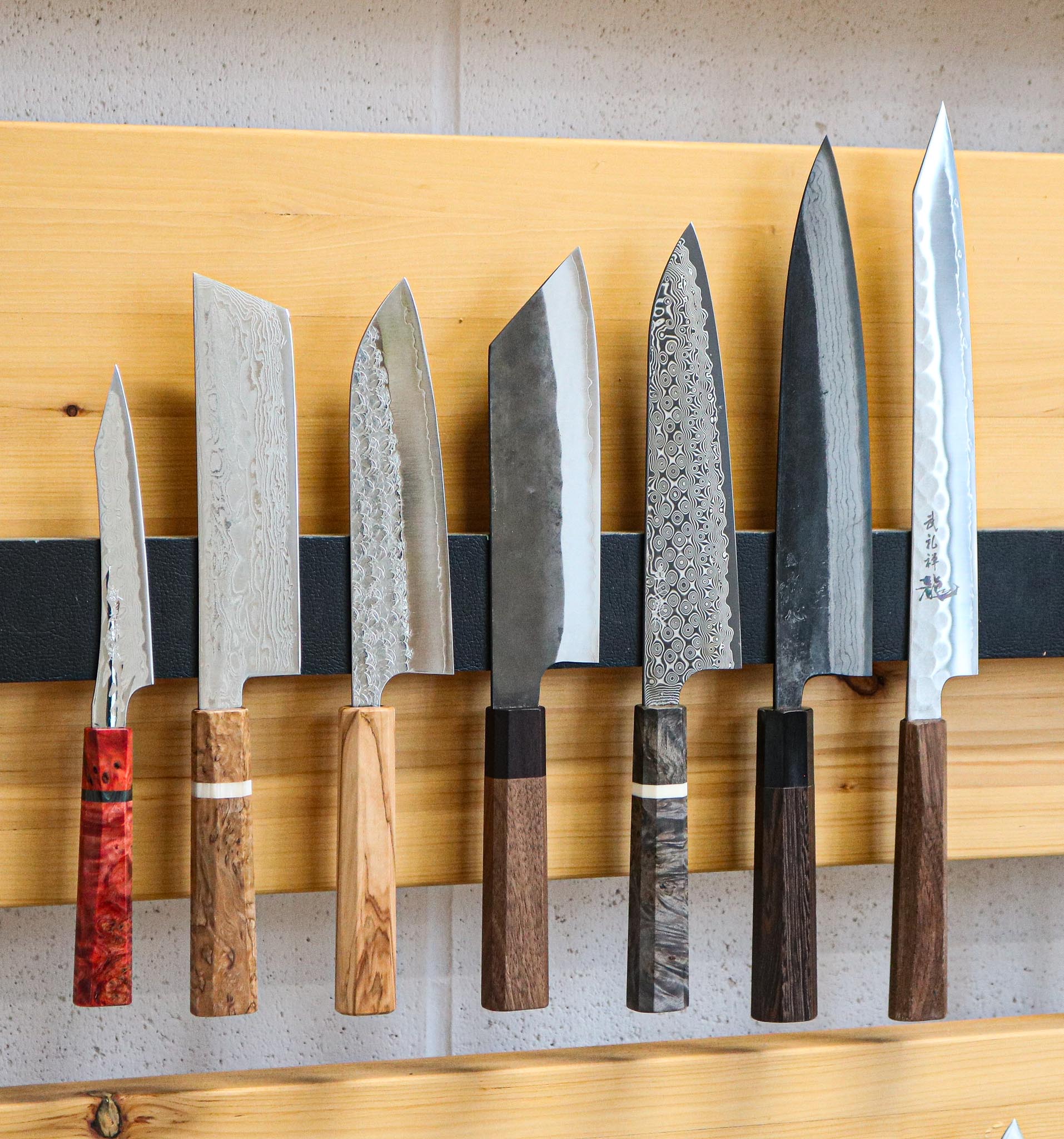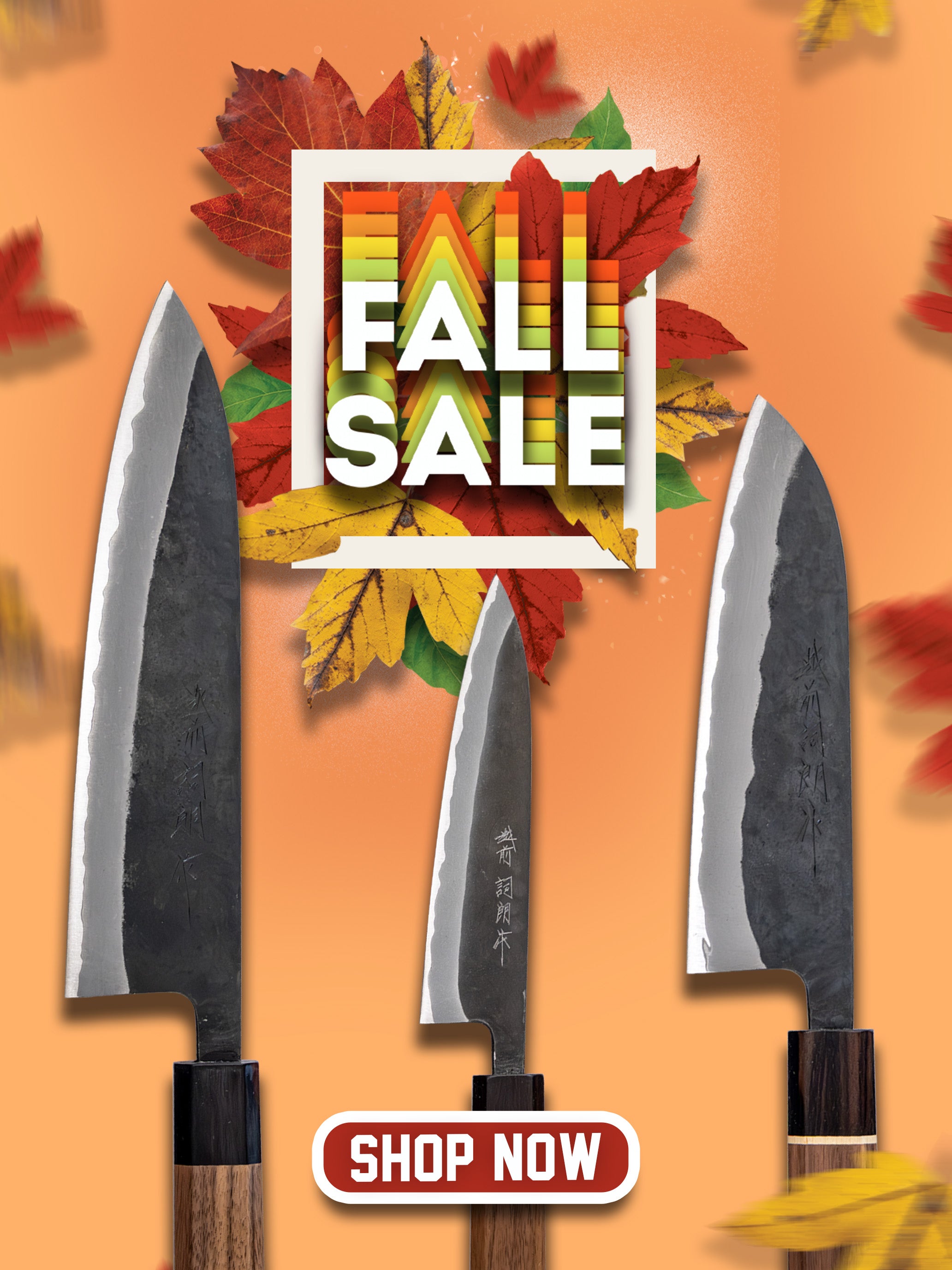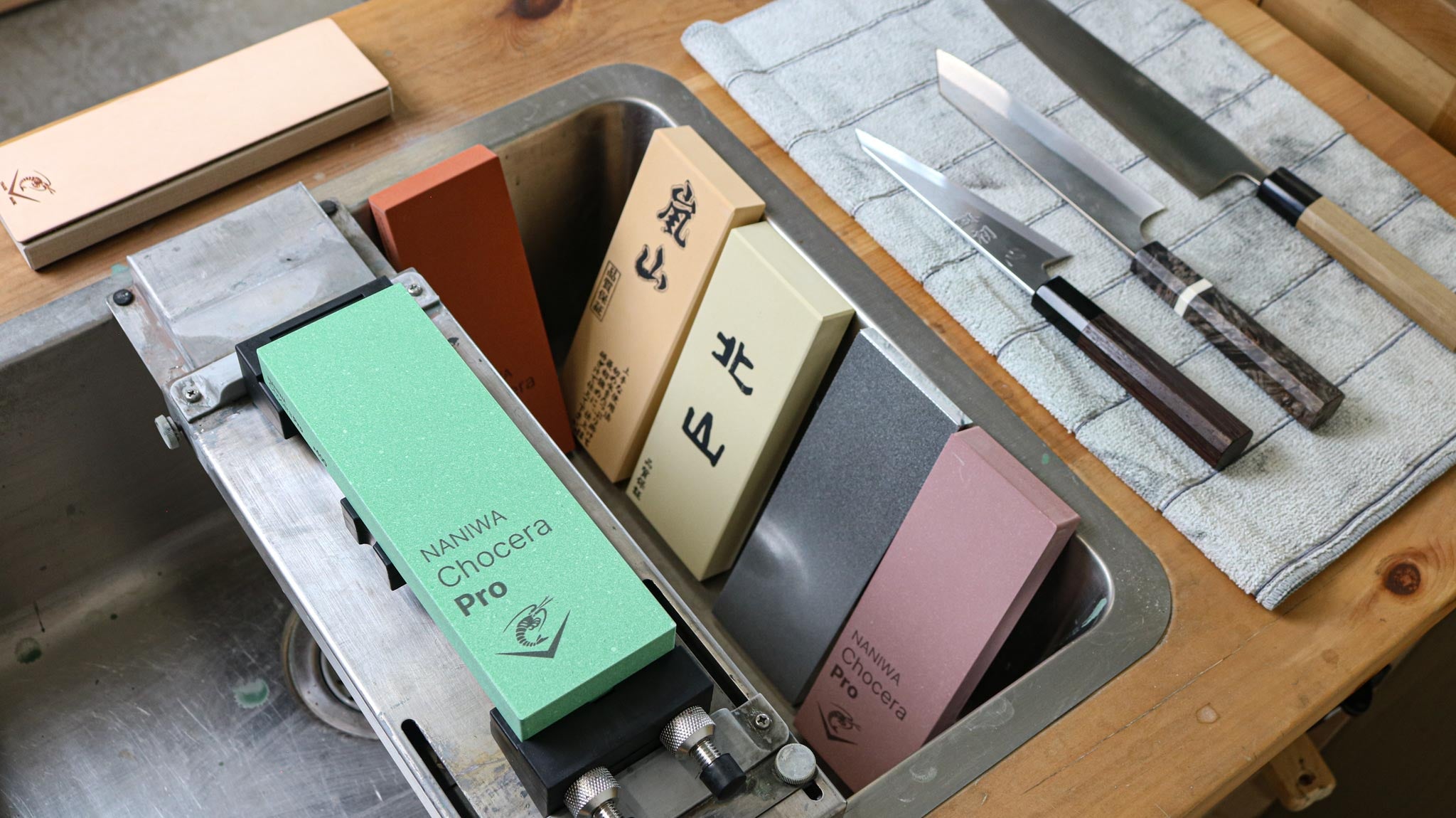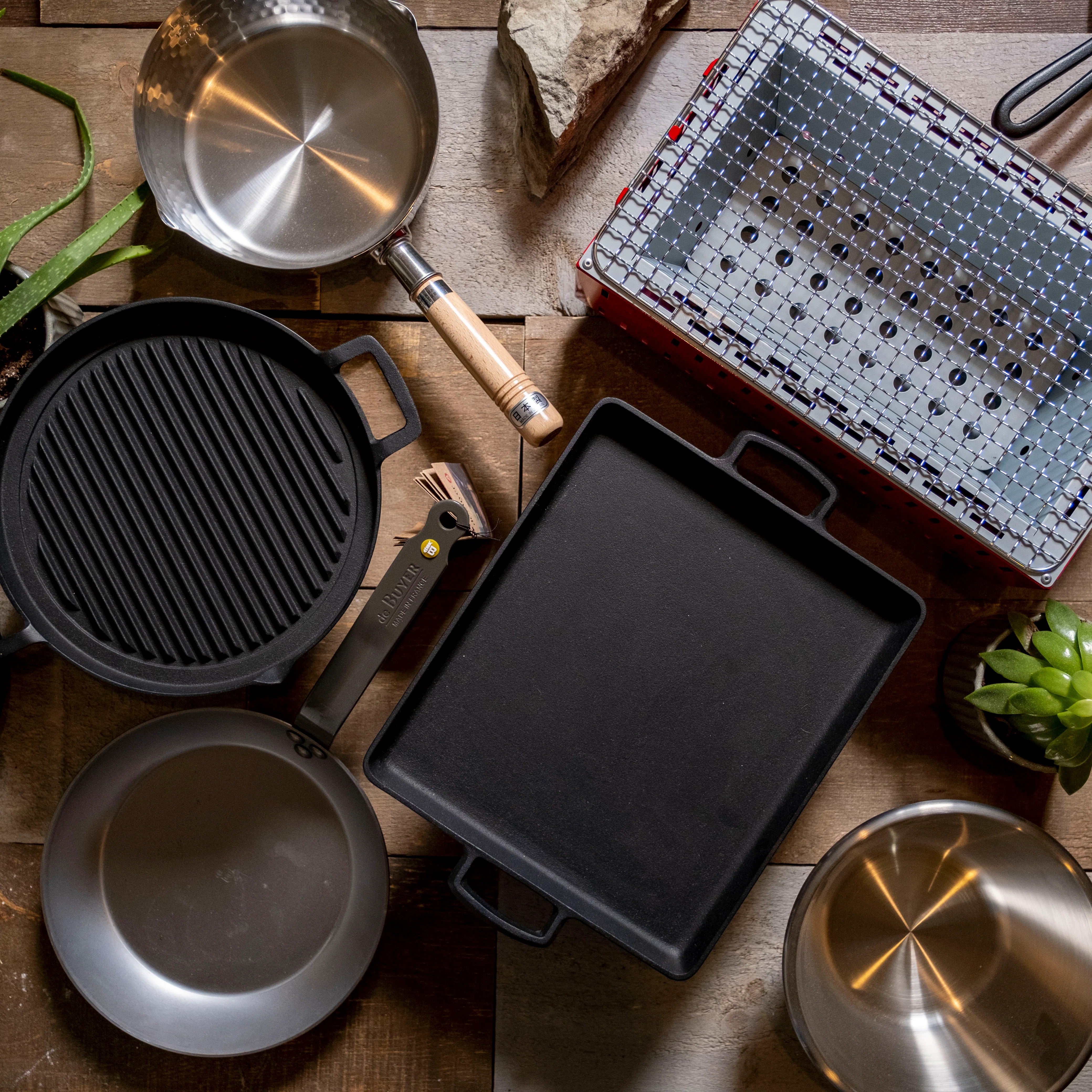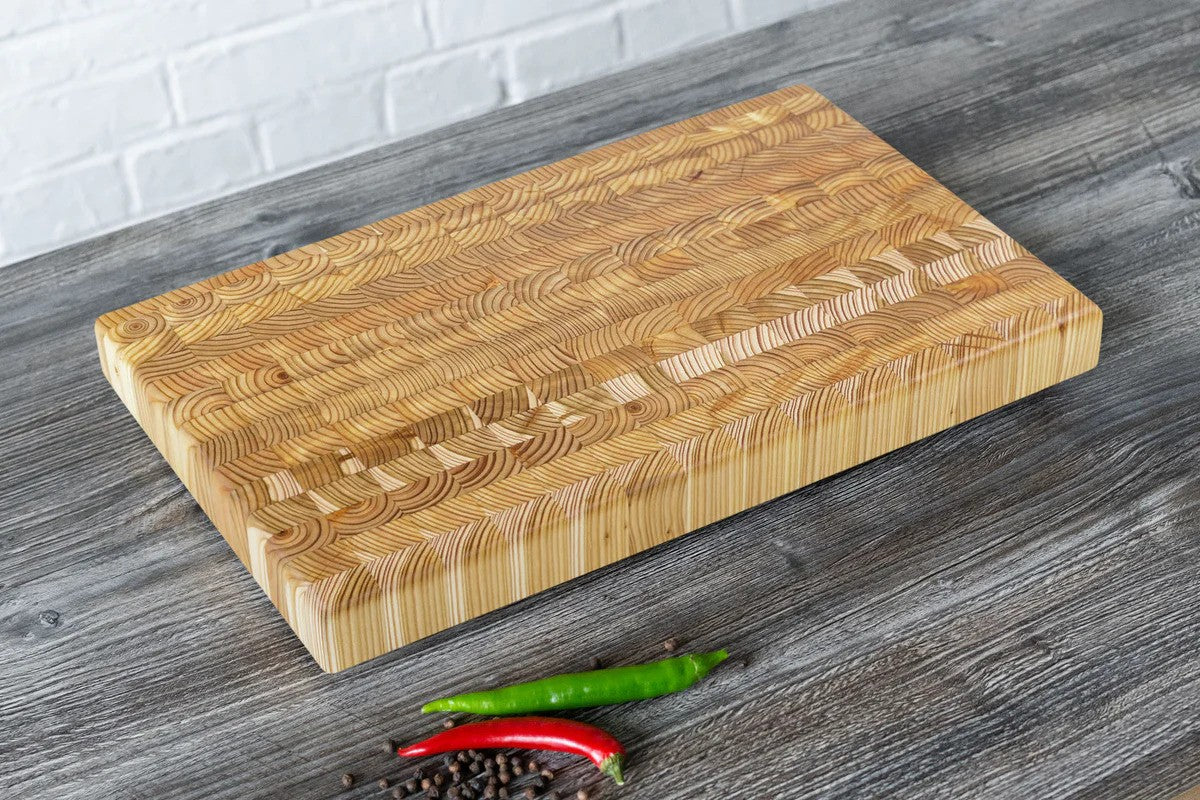Menu
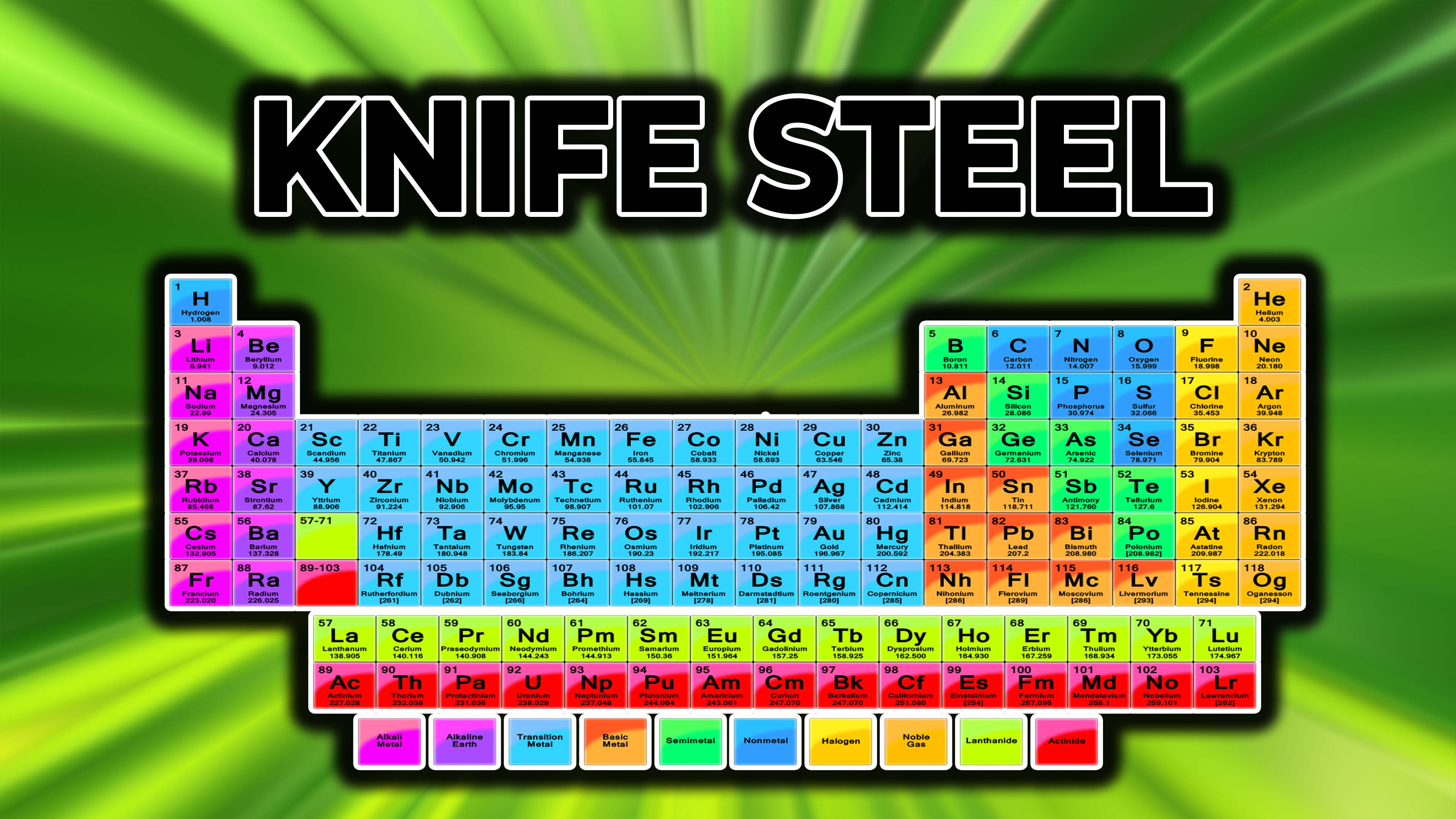
Types of Steel
Shopping for a knife by steel type or Rockwell hardness is not recommended. Far more important in our mind is who made the knife. Metallurgy is an artform and the experience of the person working with it can contribute greatly to the performance of a knife. We have used plenty of poor performing knives made from great steel and plenty of fantastic knives made from “less desirable” steels. In the past a good indication of the quality and performance of the knife was whether it was made from stainless or carbon steel. Nowadays with the advent of high-tech stainless steels this is a less reliable measure as there are many great stainless steels that can perform at a level very close to that of Carbon steels.
With all the above mentioned, this article hopes to provide you with a good base knowledge of all the different steel types you will come across at our shop and allow you to make an informed decision based on your needs. Furthermore we like to think we’ve taken a lot of the guesswork in terms of quality and performance out of the equation as we don’t stock underperforming knives at our shop and take a great deal of pride in curating a excellent selection of high performance blades.
Carbon Steel Advantages
+Great Edge Retention
+Easy to sharpen
+Fantastic Cutting Feel
Carbon Steel Disadvantages
-Susceptible to rust and discouloration
-More susceptible to chipping
Carbon steel in the eye’s of most knife enthusiasts is far superior to stainless steel and the author of this article would include themselves in this school of thought. Through experience gained by extensive use the author has noticed superior edge retention, ease of sharpening and overall sharpness. The downside to carbon steels is their susceptibility to rust and discouloration and chipping but this is easily avoided with proper maintenance. One needs simply to wipe the blade clean immediately after use to avoid this issue and should rust or discouloration occur it can easily be removed. To avoid chipping ensure the knife is used only for its intended purposes and not to scrape, pry or twist.
The Japanese Steel Manufacturer Hitachi makes the two most popular Carbon steels in use by Japanese blacksmiths called Aogami (Blue paper Steel) and Shirogami (White Paper Steel) with the colour referencing the colour of paper used to wrap and identify the steel and not the colour of the steel itself.
Aogami has the same carbon content as Shirogami meaning they have similar hardness ratings but with the addition of Chromium and Tungsten the steel becomes much easier to quench as oil can be used instead of water leading to less cracking and inconsistency.
|
|
Carbon |
Silicon |
Manganese |
Chromium |
Tungsten |
Vanadium |
Cobalt |
Molybdenum |
|
Aogami #1 |
1.25-1.3 |
0.10-0.20 |
0.20-0.30 |
0.3-0.5 |
1.5-2.0 |
|
|
|
|
Aogami #2 |
1.05-1.1 |
0.10-0.20 |
0.20-0.30 |
0.20-0.50 |
1.00-1.50 |
|
|
|
|
Aogami Super |
1.4-1.5 |
0.10-0.20 |
0.20-0.30 |
0.30-0.50 |
1.5-2.0 |
0.30-0.50 |
|
|
|
Shirogami #1 |
1.25-1.30 |
0.10-0.20 |
0.20-0.30 |
|
|
|
|
|
|
Shirogami #2 |
1.05-1.10 |
|
0.20-0.3 |
|
|
|
|
|
The numbers next to each steel refers to the amount in percentage of that element in the steel. The higher the amount of carbon is present in the steel generally speaking the better the durability and hardness. Aogami Super is regarded by some Japanese blacksmiths as the best steel to use in knifemaking however there are many other’s who would contest that Shirogami #2 is. We’ll stay out of that argument and say that both are going to produce a knife of stellar quality, in fact all of the steels in this article, whether they are stainless or high carbon, will produce a great performing knife.
Shirogami (White steel) is the purest of all steels and is said to be the easiest to sharpen and to have the best cutting feel due to it’s fine grain structure. It is said to be one of the most difficult to work with though as it can only be quenched in water to achieve a proper hardness; this rapid cooling can lead to cracks in the blade.
The difference between Shirogami and Aogomi has been explained as being similar to the difference between painting on a blank canvas to using a colouring book. Because of its purity white steel is like a blank canvas to an artist. They have ultimate control over the material and if they are skilled and experience enough to get the most out of the steel the results are spectacular and there is no limit to the level of quality one could achieve.
Blue Steel has added elements that make it much easier to work with and much more consistent. Like using a colouring book, less experience is needed to achieve something of high quality and performance. It is said though that there is a limit to the excellence one can achieve with this steel, The ceiling of quality is lower in other words.
Stainless Steel Types
+Easy to maintain, little to no chance of rust or discolouration forming.
-More difficult to sharpen
(We hesitate to include less desirable cutting feel and edge retention as negatives as some of the stainless steels we carry have some of the best edge retention and cutting feels of any steel available. (Generally speaking though, Carbon steels will outperform stainless in these regards)
|
|
Carbon |
Silicon |
Manganese |
Chromium |
Tungsten |
Vanadium |
Cobalt |
Molybdenum |
|
VG-10
|
0.95-1.05 |
|
|
14.5-15.5 |
|
0.25-0.35 |
1.3-1.8 |
0.8-1.2 |
|
V1-Gold
|
0.95-1.05 |
|
|
13-15% |
|
0.25-0.35 |
1.3-1.8 |
0.2-0.4 |
|
R2 (SG2)
|
1.25-1.45 |
0.5 |
0.4 |
14.00-16.00 |
|
1.80-2.20 |
|
2.30-3.30 |
|
HAP-40
|
1.27-1.37 |
|
0.5 |
20 |
0.6 |
0.1 |
|
1.4 |
|
ZDP-189 |
3 |
|
0.5 |
20 |
0.6 |
0.1 |
|
1.4 |
|
Ginsan |
0.95-1.10 |
0.35 |
0.60-1.00 |
13.00-14.50 |
|
|
|
1.0-2.0 |
VG-10 : Developed by Takefu Steel Company and designed specifically for use in making kitchen cutlery this steel is one we highly recommend to those looking for an easy to maintain knife. It is relatively easy to sharpen and has very good edge retention and cutting feel but won’t rust or discolour. Great for the home cook and professional alike that doesn’t want to worry about caring for their knife.
V1-Gold : Very similar to VG-10 in all regards. We notice little difference between it and VG-10 though I’m sure there are many out there with strong opinions.
Ginsan : Not the most common steel but we can’t figure out why. It’s said to possess characteristics like those of Shirogami and our experience with it would back this assertion. It is one of if not the easiest stainless steels to sharpen and has a grain pattern very similar to Shirogami, meaning it can take a very fine edge high performing edge.
High Speed Powdered Steels (HSPS)
These are some of the newest and most high tech steels available. They are created in a unique way by freezing all the normal steel ingredients into a powder using liquid nitrogen then pressing that powder into billet’s. Some blacksmiths choose to forge this type of steel while other’s will cut out knife shapes from a larger sheet of steel. Either method seems to work great in our experience using knives made from this material.
R2 (SG2) : Manufactured by Takefu Steel company You will see this steel referred to by both these names. Whatever you want to call it, it’s a fantastic material. Some of the best edge retention we’ve experienced, relatively easy to sharpen and great cutting feel. We highly recommend this type of steel to professionals and home cooks alike for it’s ease of maintenance and great performance. We would argue it’s a step above VG-1, VG-10 steel.
ZDP-189 : One of, if not, the hardest and most durable steels on the market. It is usually hardened to a ridiculous 68 HRC giving it some of the best edge retention of any steel. A Chromium content of 20% means no rust or discolouration. Its one downfall is how difficult it can be to sharpen, we would recommend picking up a diamond plate to help you achieve desirable sharpening results. This steel is perfect for the experienced cook/chef that has good knife sharpening skills or is willing to put in the time to learn.
- Choosing a selection results in a full page refresh.
